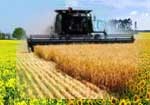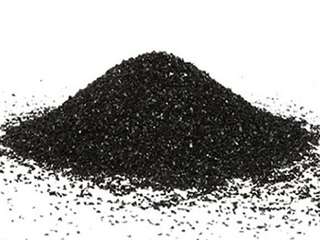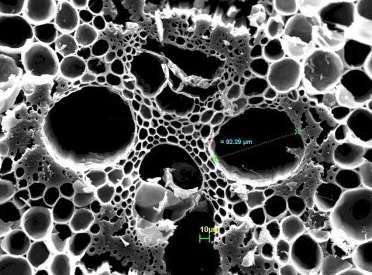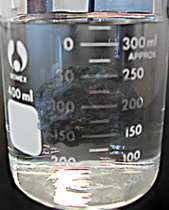






2. Pellets 8mm
3. 6-8 mm DIN+ Quality Pellets
4. We manufacture and sell fuel pellets from straw to European countries
5. Sell wood pellets
6. Wood pellet manufacturing
7. Sunflower Husk Pellets
8. Din Plus Wood Pellets
9. Export of sunflower husk pellets to the European market
10. Export of sunflower husk pellets to the European market
Physical properties of charcoal
Wed-18-2015Charcoal’s physical characteristics
Charcoal is a highly porous and brittle material which properties are determined by the condition of the carbonization process and used raw materials. Nowadays it plays an important role in people’ lives, but nobody has fully understood the mechanism by which charcoal works, from either a physical or chemical standpoint.
Depending on the way of preparation charcoal is found in either lump, briquette, or extruded forms. It should be added that it is a common misconception to think that some kind of charcoal burns hotter or longer.


Porosity of charcoal as the main physical property
The most basic physical characteristic of charcoal, its particle size, has a great influence on its adsorbtion properties. Thus, the ability of charcoal to retain soil water is widely attributed to its porosity. This expanded surface is due to the fact that charcoal particles have thousands of crevices, pits, grooves, and holes which, when opened out, make quite a large surface area.
In fact, the surface area per gram of material can range from 500 to 1400 square meters, and values as high as 2500 m2/g have been reported. The complex internal surface area is usually divided into three components. Channels and pores with diameters less than 2 nm (micropores) generally contain the largest portion of the carbon's surface area; pores with diameters between 2 and 50 nm are known as mesopores, and pores with diameters greater than 50 nm are defined as macropores. Charcoal porosity varies primarily as a function of feedstock and secondarily as a function of pyrolysis conditions.


Influence of conductivity and density on charcoal’s physical properties
Charcoal is a bad conductor of heat and electricity. The arrangement of amorphous carbon atoms in a non-crystalline, irregular state where there is no free movement of electrons involved. This is responsible for the poor conduction of heat and electricity by charcoal. Charcoal is an amorphous form of carbon and is present as a powder and is highly porous in nature.
Charcoal density is an additionally important property that almost certainly controls the tendency of chars to sink or float, and to erode or remain on the land surface. Its density can vary between 0.2 and 0.6 t/m3 depending on the density of wood used as raw material. Charcoal produced from hardwood is heavy and strong, whereas produced from softwood is soft and light. The bulk density of charcoal does not only depend on the apparent density but also on the size distribution, and is in the range of 180 - 220 kg/m3. Also it should be noted that the absorbing power of most kinds of charcoal increases as the specific gravity increases.
Thus the physical properties of the charcoal depend on the material charred and the charring temperature, as charcoal contains varying amounts of hydrogen and oxygen as well as ash and other impurities that, together with the structure, determine the properties. The most important physical characteristics of charcoal are highly porosity, low density, bad heat and electricity conductivity etc. Despite everything we know about charcoal, scientists still have not fully explored the mechanism of charcoal as its physical properties are so poorly understood and we have so much to learn about it.
Source: http://ukrfuel.com/news-physical-properties-of-charcoal-22.html
Any copying and distributing withoutactive hyperlink is strictly prohibited!
Views: 6585
 Stobart biomass division is to make a deal
Stobart biomass division is to make a deal
Biomass Related News
- Plant runs solely on biomass
- New solar panel breakthrough
- Saving Energy for generic electricity consumers
- Energy saving tips for the industrial sector
- Drax begins new health promotion sessions
- Advanced Bioeconomy Leadership Conference– Feedstocks
- How Solar works?
- Straw pellets may heat rural locations in Odessa region
- Helping businesses and organisations
- Solar panel new technologies bring high efficiency
|
© Ukrainian Biofuel Suppliers 2008-2024 |
